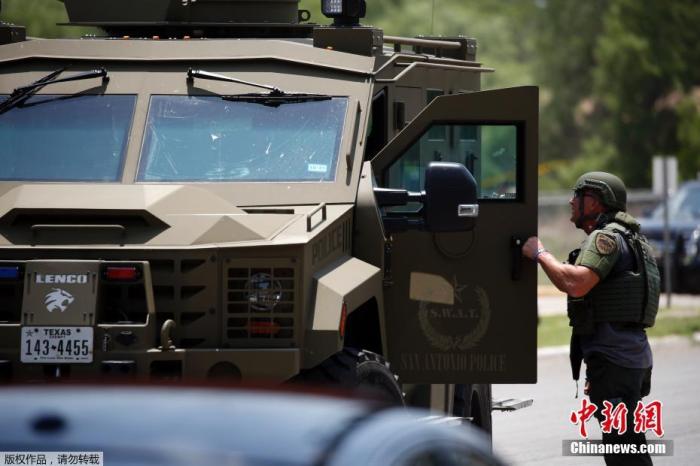Error-free quantum computer may become reality
For the first time, a set of computational operations on two logical qubits has been realized
Science and Technology Daily, Beijing, May 25th (intern reporter Zhang Jiaxin) According to a paper published in the journal "Nature" on the 25th, Thomas Mundz of the Department of Experimental Physics of the University of Innsbruck, Austria, and Marcus of RWTH Aachen University in Germany. A team led by Mueller and the Jülich Research Center in Germany has demonstrated the basic building blocks of fault-tolerant quantum computing, successfully implementing for the first time a set of computational operations on two logical qubits that can be used to implement any possible operation, meaning Error-free quantum computers may become a reality.
Quantum computers are inherently more susceptible to disturbances from the environment, so error correction mechanisms may always be needed, otherwise errors will propagate uncontrollably through the system and information will be lost.The quantum no-cloning theorem states that the process of making an exact replica of any one unknown quantum state is not achievable, so redundancy can be achieved by distributing logical quantum information to the entangled states of multiple physical systems, such as multiple individual of atoms.
"For a real-world quantum computer, we need a universal set of gates with which we can program all algorithms," explains Innsbruck experimental physicist Lucas Posler.
The research team implemented this universal gate set on an ion trap quantum computer with 16 trapped atoms.Quantum information is stored in two logical qubits, each spread over seven atoms.
Now, for the first time, researchers can implement two computational gates on these fault-tolerant qubits, which are necessary for a universal gate set: a gate that acts on two qubits (a control-not gate) and a logic T-gate, which It is particularly difficult to implement on fault-tolerant qubits.
The physicists demonstrated a T-gate by preparing a special state in a logic qubit and teleporting it to another qubit through an entanglement gate operation.
In encoded logic qubits, the stored quantum information is protected from error.But it's useless without computational operations, and those operations are inherently error-prone.The researchers then manipulated logical qubits so that errors caused by the underlying physical operations could be detected and corrected.Thus, they achieved the first fault-tolerant implementation of a universal gate ensemble on encoded logic qubits.
A fault-tolerant implementation requires more operations than a non-fault-tolerant implementation.This would introduce more error on the scale of individual atoms.Effort and complexity have increased, but the resulting quality is better.The researchers also used numerical simulations on classical computers to check and confirm their experimental results.
Researchers have demonstrated all the basics of fault-tolerant computing on a quantum computer.The task now is to implement these methods on larger, more useful quantum computers.This approach demonstrated on an ion trap quantum computer can also be used for other quantum computer architectures.




